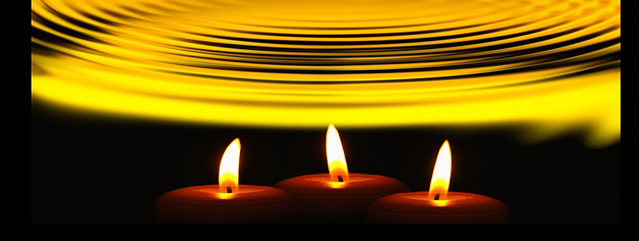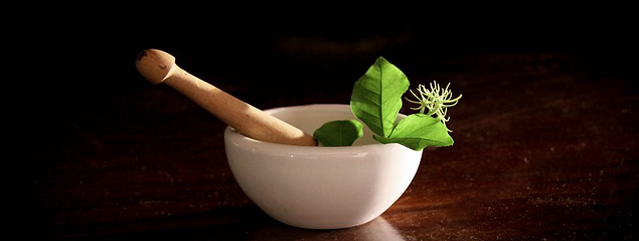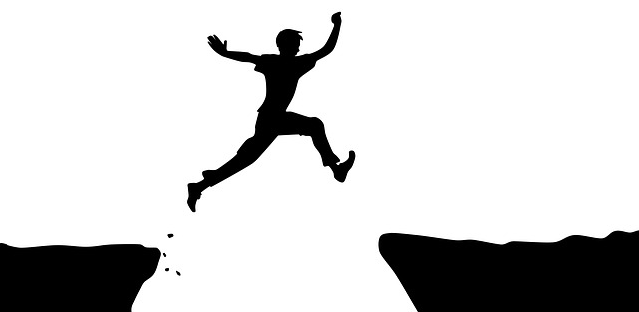Self-Care for Anxiety

I unabashedly admit that I have an anxiety disorder, two actually: generalized anxiety and post-traumatic stress disorder. While I’m not always a good student of self-care for anxiety, I do try my best each day to find little things to slow my mind’s engine from revving too high. If you’re among the anxiety disordered, you probably get it – the overthinking; the fretting over this and that; the what if, what if, what if; and the hyper-vigilance, if you have PTSD. The upside to all this is: You’re among good company.
Anxiety disorders affect 40 million adults in the United States each year. These disorders are the number one mental health issue among women, and the second among men. No worries if it so happens that you haven’t had the fortune of being DSM coded with one of these disorders; if you’re among the countless numbers of us who are unsure about the future of our nation, that’s enough to make you go bonkers. And with the holiday season fast approaching, ugh! Talk about an anxiety disordered person’s nightmare – crowed stores, traffic, “Jingle Bells” following you everywhere, pressure to spend just the right amount on a yankee swamp gift. Having an anxiety disorder is sometimes all consuming, mentally exhausting, predatory-like. There are days when I think of my anxiety disorders as the worst roommates I’ve ever had. If you get what I’m saying here, are you wondering how to kick your roommates (or roommate) out of your head and body for good? I wish I could say I had the one-size-fits all answer, but, alas, I do not. However, I do have a self-care for anxiety practice that might help during those most difficult, wonky-crazy moments when you can’t seem to get out of your own way.
After treating myself to a massage/reiki treatment a last month, the therapist asked if I had ever had any surgeries to my pelvic and abdominal area. I almost choked on my tongue. Yes, I had had surgeries: three abdominal and two pelvic. “I felt an outpouring, like hemorrhaging from those areas,” she said. This could not be good, I thought, but I had to ask anyway, because that’s what anxious people do, ask and ask again, just to be sure. “No,” she affirmed. “It is not good. You need that energy coming out of you for balance, to ground you.” Yikes, I thought. How much had I bled? What blood type matches imbalance negative? How many pints of blood do I need to bring my balance count back within the normal range?
Of course, she didn’t leave me bleeding all over the place. She looked at me with kind eyes and said I needed to give myself some love and attention, a bit of self-care for anxiety. Because physical touch alone helps to reduce stress and anxiety, she encouraged me to place a hand over my pelvic/belly area each night while lying in bed. Then, with my eyes closed, tell myself that I am good. I am good enough. I am okay.
And so that’s what I’ve been doing. Sometimes I do forget, but I make up for it during my ten or fifteen minute periods of meditation. During those self-care for anxiety moments, I fill my head with not only good enough, I open myself up to all kinds of friendly words: smile, joy, yellow, puppy, sunshine, laughter, starlight, full moon, beach, ocean, green, breath, bare feet, grass, warm bath, love, hugs, candle, art, cozy, blue, hope. Certain words often circle around again, which is just fine with me – there’s no such thing as too many smiles, full moons, hugs, or puppies, especially puppies.
I now leave you to fill your head with a lavender bath, soak for as long as you need to with your hand over the part of your body that is bleeding the most, and give yourself the transfusion you deserve: maybe it’s a field of purple Calla Lilies or a walk in the woods, a warm cup of chamomile tea, or a love note to yourself.
Be well my dear friends.
Oh, one more thing: Don’t fret over the lumps in the gravy this Thanksgiving, because, as my mother likes to say, “It will only get worse.”
Read More






Recent Comments